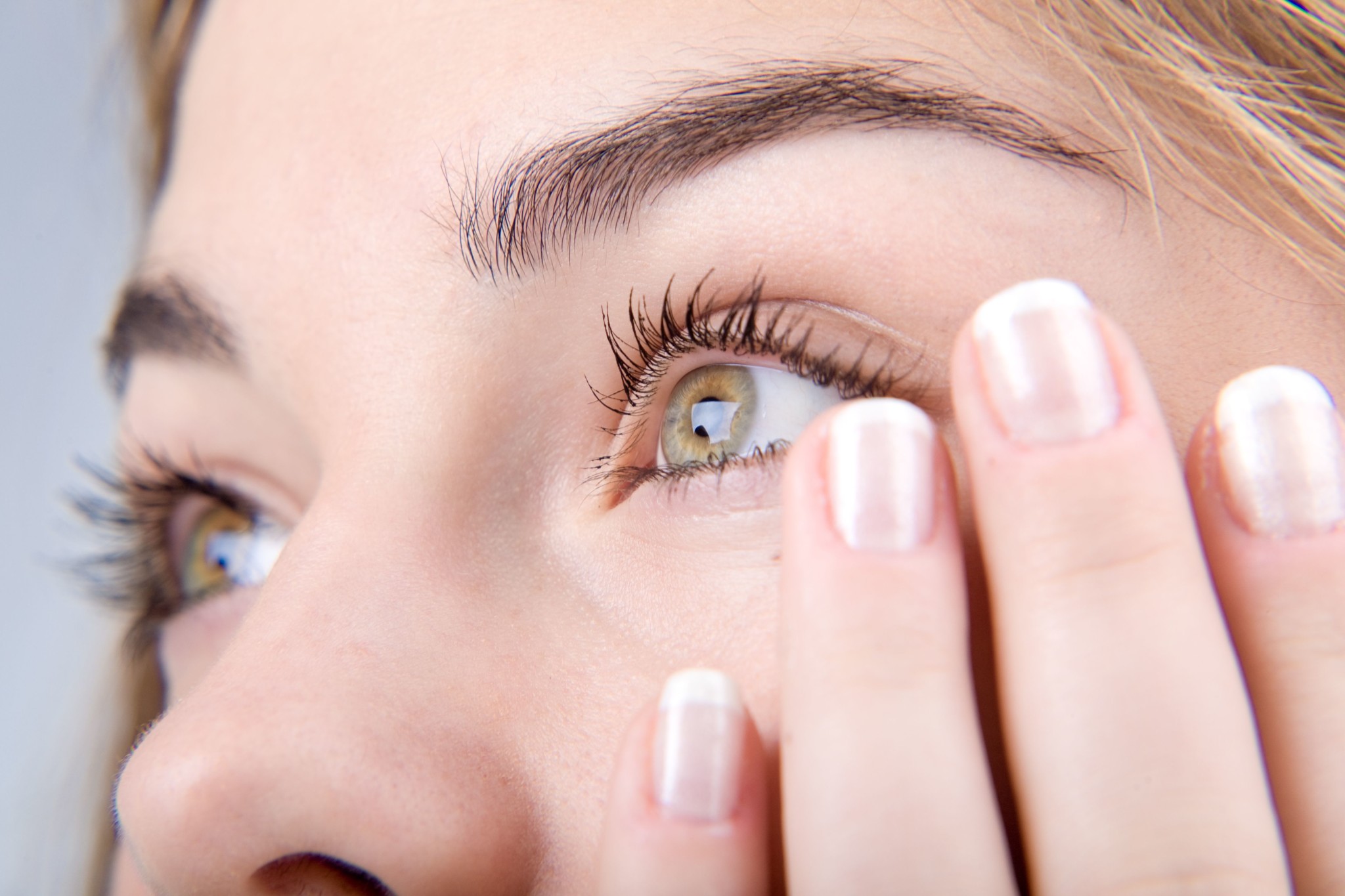Have you ever seen a dark, patchy area on a person’s forehead or cheeks? Or maybe you’ve experienced it yourself? If so, you’re most likely looking at melasma, a relatively common skin condition.
Melasma causes hyper-pigmented patches of skin. These patches usually appear on the face and seem to come from nowhere. Even though melasma isn’t painful or uncomfortable, it’s a source of cosmetic frustration. Fortunately, with intentionality and diligence, you can manage its effects.
Causes
Melasma doesn’t necessarily come from any one place. However, combinations of hormones and sun exposure trigger this predisposed condition. Referred to as the “mask of pregnancy,” many women see the first patch of melasma after beginning birth control pills or during pregnancy. The combination of the hormones and increased sun sensitivity bring out a sudden discoloration. At this point, even the most minimal sun exposure turns the skin dark. Usually these patches appear on the cheeks and forehead.
Related: Your Guide to Melasma: Causes, Treatment Options, and What to Expect
Prevention
The good news is that melasma’s only symptom is skin discoloration. There are no other physical side effects. The bad news is that it’s difficult to prevent. You don’t know that you have melasma until it shows up. Melasma tends to run in families, especially those with darker skin. If you notice that all the women in your family have it, chances are that you will too.
3 Ways to Improve Melasma
1. Use Sun Protection
Although you can’t completely prevent melasma, sunscreen works wonders against its effects. Whether you’ve already seen dark patches on your skin or you worry that you’re predisposed to them, wear sunscreen every day. The goal is to stop pigmentation.
Find a sunscreen you like (30 SPF or higher) and use it fanatically. Wear hats and cover-ups when you know you’ll be out for extended periods of time. Remember, even the slightest sun exposure quickly darkens the areas. If you’re out in the sun without sunscreen, even on a winter day, those places will get darker.
2. Use a Pigment Blocker
Apply a skin-lightening product once or twice a day to fade hyper-pigmented areas. Avoid spot-treatment. Instead, apply the product to your entire face at night before you finish your night time skin care regimen.
Related: Does Retinol Live Up to the Hype? 5 Things You Need to Know About the “Miracle” Product.
If you have extensive hyper-pigmentation, you can also apply this product in the mornings before you put on sunscreen. SkinMedica’s Lytera line offers a great option for lightening these areas of your skin. No need for a prescription; it’s available in our office.
3. Use Retinol
Retinol works wonders for nearly every cosmetic skin problem. Melasma is no exception. In this case, its ability to exfoliate is what makes it effective. As it speeds up cell turnover, you can slough off the darker cells. This means that, in time, spots will fade.
Melasma is a frustrating skin condition. You don’t know you have it until you see it and there’s no sure way to prevent it. However, just as the combination of hormones and the sun bring out discoloration, the combination of sunscreen, pigment blockers, and retinol work to reverse the damage.

Dr. R. Todd Plott is a board-certified dermatologist in Coppell, Keller, and Saginaw, TX. His specialization and professional interests include treating patients suffering with acne, identifying and solving complex skin conditions such as psoriasis, rosacea, atopic dermatitis, and identifying and treating all types of skin cancers. In his spare time, Dr. Plott enjoys cycling, traveling with his wife, and spending time with his children and new grandson.
Learn more about Dr. Plott.

